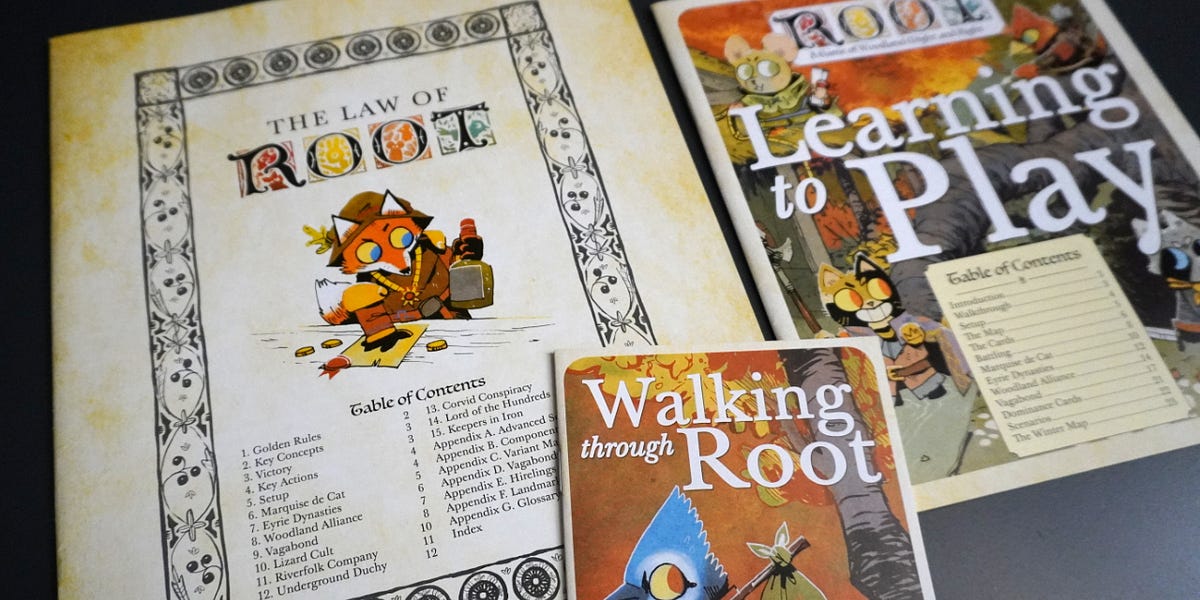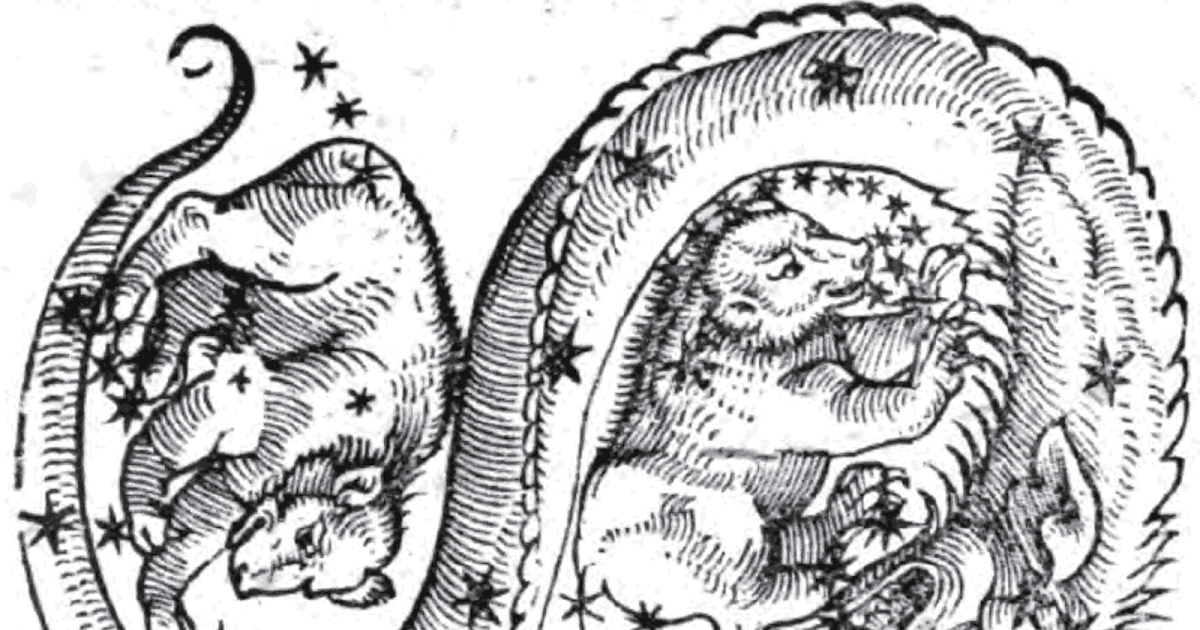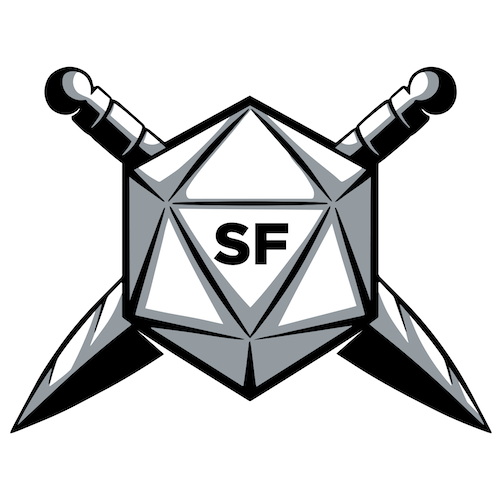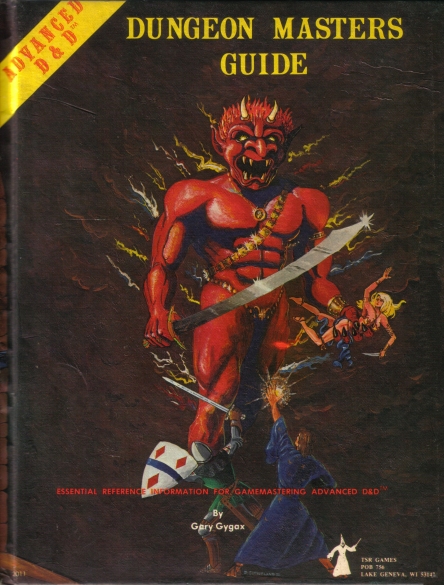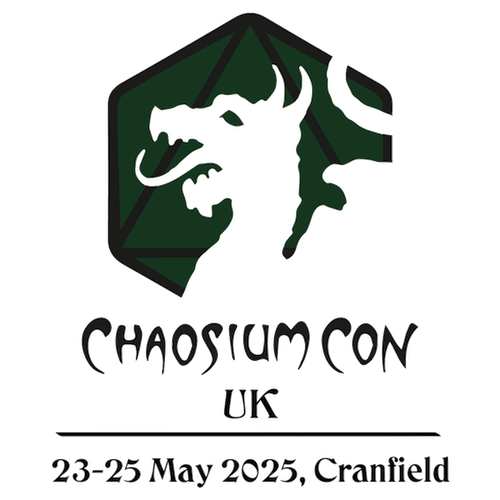SMOOSH JUICE
Retrospective: Ars Magica
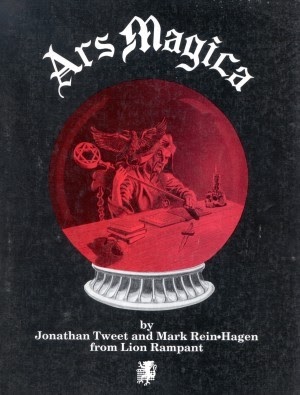
The period leading up to the release of the Second Edition of Advanced Dungeons & Dragons is an interesting one. Though TSR’s flagship remained the proverbial 800-lb. gorilla of the hobby – still popular and selling well – the larger landscape of roleplaying was beginning to shift. Starting in the mid-1980s and continuing into the early ’90s, a number of new and, dare I say, experimental RPGs began to appear. Many of these games deviated sharply in both design and intended playstyle from the template laid down by D&D in 1974.
Of these, the one that immediately stands out in my memory is Ars Magica, released in 1987 by Lion Rampant, a small outfit co-founded by Jonathan Tweet and Mark Rein-Hagen, two designers who would later leave a lasting mark on the hobby. Even though the original edition was a modest affair, as one might expect from a fledgling company in the days before desktop publishing and professional layout, Ars Magica was an impressive work of imagination and clarity of purpose. What it lacked in visual polish, it made up for with a bold vision of what a roleplaying game could be: a tightly focused setting, a flexible and evocative magic system, and a novel approach to campaign structure that encouraged long-term play and shared refereeing responsibilities.
Despite all this, Ars Magica didn’t receive widespread recognition at the time, at least not in the gaming circles I moved in. I don’t recall it being especially celebrated, let alone commonly played. My first encounter with it came by chance, through a friend whose cousin lived in Minnesota, where Lion Rampant was based. What struck me most was how different it felt from any RPG I’d seen before. Even then, though, it remained something of a curiosity – admired more for its ideas than embraced at the table. It wasn’t until the third edition’s release in 1992, now under the White Wolf banner, that Ars Magica gained broader visibility. By then, Rein-Hagen had already launched Vampire: The Masquerade and that connection lent the game a cachet it had previously lacked. But the seeds had been planted back in 1987, in that humble, ambitious little book that imagined a different kind of fantasy roleplaying, rooted not in treasure and combat, but in magic and myth.
At its core, Ars Magica is a game about wizards: not the fireball-slinging adventurers of Dungeons & Dragons, but practitioners of a consistent magical tradition grounded in a pseudo-medieval European world. The magic system, based on a combination of techniques (Creo, Intellego, Muto, Perdo, Rego) and forms (Animal, Aquam, Auram, Corpus, Herbam, Ignem, Imaginem, Mentem, Terram, Vim), was unlike anything I’d encountered. It encouraged creativity and system mastery in equal measure, rewarding players who approached spellcasting not as a list of pre-defined effects but as a kind of magical engineering.
That alone would have made Ars Magica noteworthy, but its concept of troupe-style play made it all the more remarkable. Players were encouraged to share the duties of the referee (the “storyguide”) and to control not only a primary character (a magus) but also companion characters and “grogs,” which were lower-powered retainers and guards respectively. This structure fostered a sense of shared “ownership” of the campaign that stood in stark contrast to the more referee-centric campaigns I was used to. I hadn’t seen anything like it before and I remember reading Ars Magica for the first time and being struck by how different it seemed to be.
The game’s setting, “Mythic Europe,” was equally striking. Rather than creating a wholly fictional world, Tweet and Rein-Hagen placed their game in a version of historical Europe where the content of folklore and legends were real. Monasteries, faeries, noble courts, and demons all existed side by side, filtered through the lens of Hermetic magic. It was a world where the mundane and the magical existed in an uneasy equilibrium and the player characters stood firmly on the side of the uncanny.
As I mentioned earlier, the first edition rulebook really was a humble production: a softcover with a stark black-and-white cover depicting a wizard at his desk. The layout was clean, if plain, and the text dense with ideas. It lacked the polish of later editions or the visual flair that White Wolf would later bring to the game, but it had a seriousness of tone and clarity of vision that made me take notice. Looking back, I think Ars Magica represents one of the more intellectually ambitious RPGs of the pre-1990s era. Its design anticipated many later developments like freeform magic systems, troupe-style “storytelling,” and campaigns centered on a fixed locale (the covenant). That the game’s fifth edition, released in 2004, remains in print is, I think, a testament to the enduring strength of its foundational ideas.
For all its virtues, the original edition nevertheless had its rough edges. The rules were sometimes vague or overly ambitious and the troupe model required a level of buy-in and trust that wasn’t always easy to find in groups accustomed to more traditional GM/player dynamics. But these were small complaints in a game that dared to be different and in doing so, helped shape the future of the hobby in subtle but lasting ways. Though I was never a regular player, I was an admirer – and still am. In fact, I’d count Ars Magica among the few roleplaying games to which I’d gladly devote some of my dwindling time. That’s about as high a compliment as I can offer any game.



